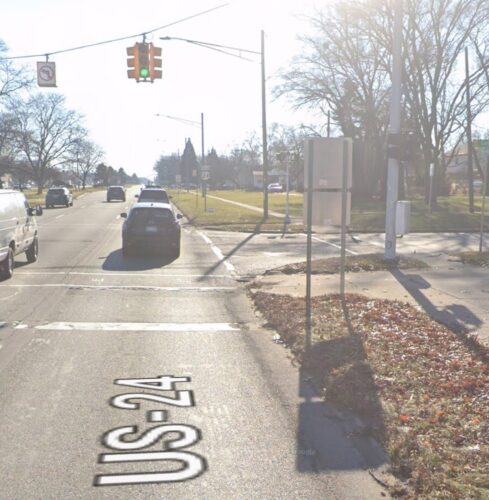This decision by courts seems bonkers, but also probably heavily corrupted by a CEO who allegedly flaunts himself as untouchable and above the law.
The stakes are higher in the trial this week, and in other cases, because people died. Tesla and plaintiff attorneys jousted in the runup about what evidence and arguments each side could make.
Tesla, for instance, won a bid to exclude some of Musk’s public statements about Autopilot.
The problem is literally that Elon Musk regularly promotes Autopilot as far more capable than what Tesla owner documents say. If there were no such warnings contradicting his unfounded toxic optimism, skepticism would set in and people would be safer.
His false promises are so powerful because he puts a warning in the car that he can undermine. He engages in an oppositional propaganda tactic, a known psychological manipulation, to undermine natural skepticism and convince people to ignore Autopilot safety warnings.
You can’t put half of his intentionally truth-destroying method on trial and make any sense of it. And he knows this, which is why he constantly says things like he will/won’t do things or he can/can’t achieve things, or simply things are/aren’t true. Split them apart and he will jump to whatever means he gets away.
This is an amorphous, ambiguous gambit to always win and never be accountable no matter how heinous a crime. It’s often known as Advanced Fee Fraud, where the victim is blamed for greed when they had too much faith.
Let me explain in terms of very well documented history, once again, what such a carefully curated disregard for law and order looks like.
A swastika.
It’s Nazi doctrine to both destroy and control truth, demanding obedience to whatever truth serves the Nazis best and exclusion of any statement that could make them accountable.
The Nazi party in 1933 literally said “at least we don’t use the guillotine” on the eve of ordering guillotines to murder 16,000 political opponents including members of courts who foolishly didn’t stop them sooner.
Goebbels loved the concept of truth, craved it, but then defined it as a thing that could be said by Hitler at any point and time with no accountability.
Does it make any sense for a court to exclude Elon Musk’s version of “truth”? Why not hold him accountable? His statements were fraudulently promoting Autopilot, intended to sway public opinion. Seems kind of relevant in a trial about “authoritative” Autopilot statements used to sway public opinion, right?
It sounds like if a Nuremberg court excluded Hitler’s “arbeit macht frei” statements about labor (e.g. planned mass deception for genocide) in a trial about the Nazi labor camp fraud that instead killed millions of workers.




